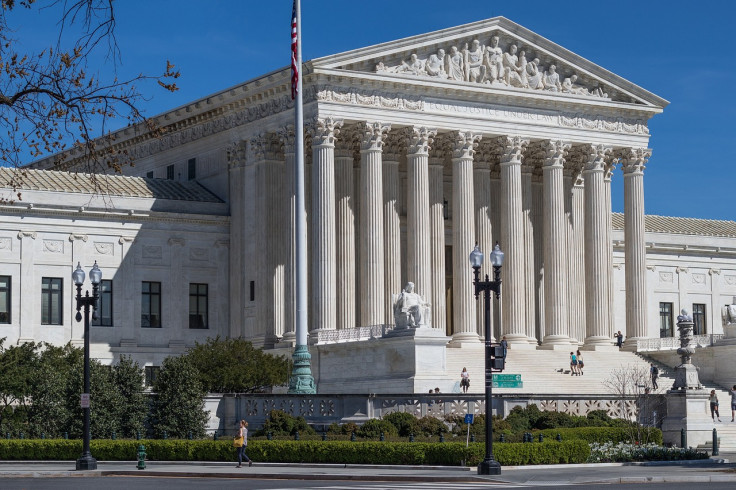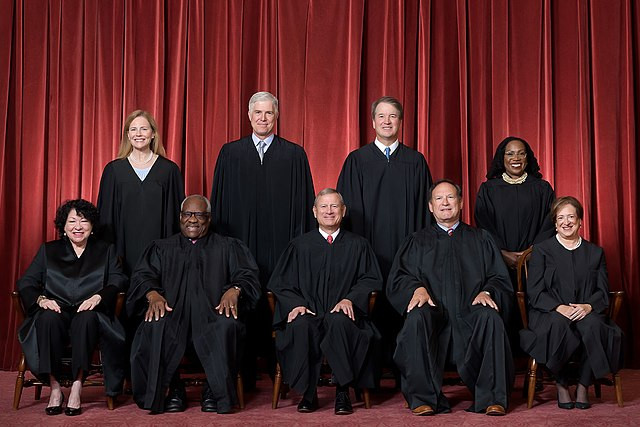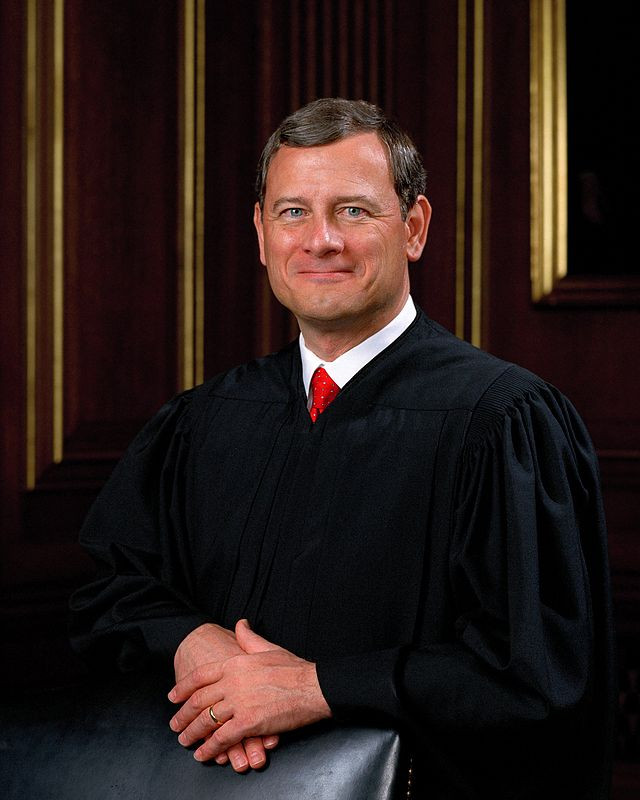
In a shocking, historic decision, the United States Supreme Court heavily limited the use of affirmative action in college admissions on Thursday. By a vote of 6-3, the justices ruled that the admissions programs used by the University of North Carolina and Harvard College violate the Constitution's equal protection clause, which bars racial discrimination by government entities.
For some background, affirmative action is an intentional practice used by most colleges/universities during their admissions process. This tool would consider race and ethnicity as part of a well-rounded evaluation of a student's application. This process was implemented in the 20th century when American colleges/universities began to actively prioritize diversity on their campuses and wanted to expand access to their colleges. Up until that point, college and universities were only attained by the wealthy, mainly white Americans. Affirmative action essentially leveled the playing field of college admissions by considering a student's background, instead of just their family's income. It allowed students that would normally have been shut out of college/university due to their race, ethnicity, or income, to have a fair chance in being admitted.

Affirmative action, though contentious, was normally protected in American courts. In the 2003 decision in Grutter v. Bollinger, the court upheld the University of Michigan Law School's consideration of race "as one factor among many, in an effort to assemble a student body that is diverse in way broader than race." This was the legal precedent for almost two decades, until yesterday.
In both the North Carolina and Harvard cases, the plaintiffs, Students for Fair Admissions, had asked the judges to overrule Grutter, and it essentially did, though not explicitly. The two lawsuits against Harvard and UNC alleged discrimination against white and Asian applicants. UNC was alleged to favor Black, Hispanic, and Native American students, while at Harvard, admissions discriminated against only Asian Americans.
The push to eliminate affirmative action from the admissions process really gained traction under former president Trump's administration. The federal government attempted to claim that affirmative action negatively affected white students, though they never truly provided evidence to support this claim. Nevertheless, the justices voted along party lines and deemed affirmative action unconstitutional.

Writing for the majority, Chief Justice John Roberts explained that college admissions programs can consider race merely to allow an applicant to explain how their race influence their character in a manner that would have a concrete effect on the university, i.e., during the essay portions of applications.
However, in a scathing dissent, Justice Sonia Sotomayor – a Princeton and Yale Law School graduate who once called herself "the perfect affirmative action baby" - emphasized that the "limited use of race" by colleges and universities "has helped equalize educational opportunities for all students of every race and background and has improved racial diversity on college campuses." "Although progress has been slow and imperfect," she wrote, "race-conscious college admissions have advanced the Constitution's guarantee of equality and have promoted" Brown v. Board of Education's "vision of a Nation with more inclusive schools." "The devastating impact of" Thursday's decision, she concluded, "cannot be overstated."
Continuing in his opinion, Chief Justice Roberts wrote that the Supreme Court had only allowed universities to use race-based admissions within reason, however, Harvard and UNC did not comply with those requirements. Both programs considered race as part of their admissions programs to "train future leaders" and to "promote the robust exchange of ideas," but those goals are too vague for the court to measure, let alone determine if they had been accomplished. Furthermore, Roberts claimed that both universities used race in a "negative" manner, in which a benefit provided to one student, but not another, only benefits the former student, at the expense of the latter. Roberts even went a step further by stating these programs relied on racial stereotyping, promoting the idea that minority students will always have the same perspectives on a particular issue. Roberts ended his opinion by pointing out that neither university had an "end date" for these programs, which opinions in the Grutter case insisted universities have.

Despite all these arguments, however, the majority's decision still allows for military service academies to continue to use, at least for now, race-conscious admissions programs. The Biden administration, which filed a brief as a "friend of the court" in support of Harvard and UNC, had emphasized that senior military leaders believe that it is important to have a diverse officer corps, which in turn requires the consideration of race for admission to the service academies.
This exception was heavily criticized by both Justices Sotomayor and Jackson. While Justice Sotomayor said this was an arbitrary line to draw, Justice Jackson highlighted the hypocrisy of this decision by saying, "The Court has come to rest on the bottom-line conclusion that racial diversity in higher education is only worth potentially preserving insofar as it might be needed to prepare Black Americans and other underrepresented minorities for success in the bunker, not the boardroom."

Moving forward, the future is not clear. Essentially, this ruling will force university admissions to reshape their processes and attempt to find different methods to promote diversity within colleges/universities. There are currently nine states that had already banned affirmative action before this ruling and their admission rates show that more selective universities saw a drop in Hispanic and Black American admissions. There is also the question of if this ruling also extends to grants and scholarships offered directly by universities and how that would be affected.
I was a top performing student, with a diverse portfolio, but did not have the income to attend the universities I believed would benefit my career choice. During my admissions process, I did exemplify my Mexican heritage and how it affected my schooling and my decision for desired career (at the time, I wanted to become a criminal defense attorney after witnessing how the legal system disproportionately handed down harsher penalties towards people of color). I cannot say if me checking the "Hispanic or Latino" box had any real affect on my college acceptances, but I did find it imperative to mention so that the schools I applied to had a better image of who I was.
With this decision, minority students can only hope that colleges and universities find a manner to step towards great equity in admissions and to continue to diversify their campuses.
© 2025 Latin Times. All rights reserved. Do not reproduce without permission.




